London Card Show has the feel of an event that has been around for a long time. Last weekend’s show, for example, had over 800 vendors, thousands of attendees, and millions of cards in the building. It has, however, only existed for a little over three-and-a-half years.
“What you see today is definitely not what it was like in 2021,” the show’s founder, Harry Reynolds, tells me. “The first show had 10 tables and 40 attendees; now we’re a touch under 7,000 across the weekend.”
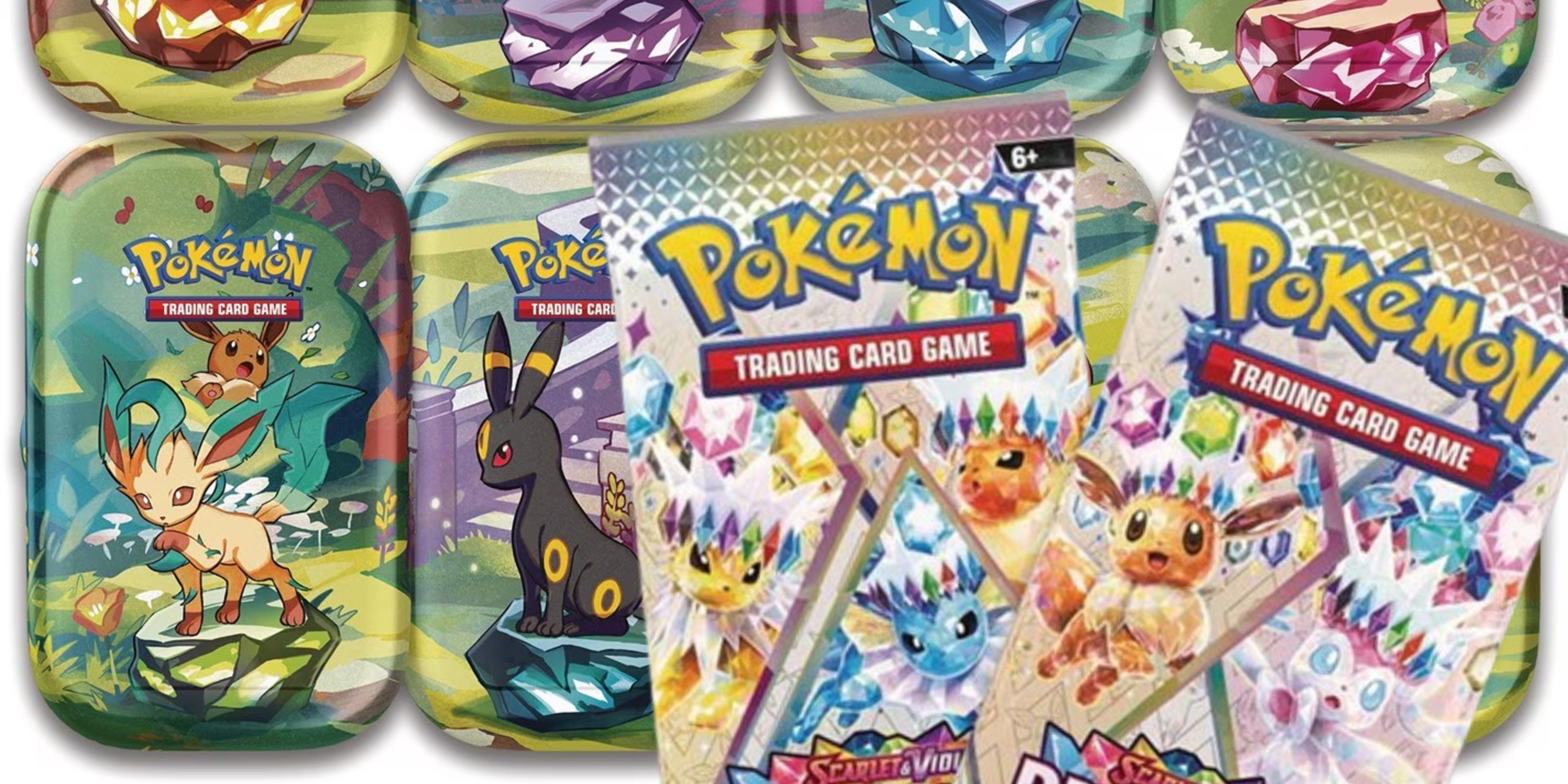
Related
UK Retailer Game Accused Of Scalping Prismatic Evolutions Tins By Its Own Staff
The store is charging four times its regular price for postage on the mini tins.
Its exponential growth has been a challenge for Reynolds and his team, but it’s one they’ve relished every step of the way.
From Humble Beginnings
Reynolds is a self-confessed trading card fan with what he refers to as an “entrepreneurial spirit”. Having just left university as Pokemon Trading Card Game was booming in 2021, he spotted a gap in the market, and London Card Show was born.
“I saw there were card shows in America, and that there was nothing like it in the UK,” Reynolds says. “So, I just thought, ‘you know what, find somewhere affordable to do it and put it up.’ What started in half a sports hall has led to us being here in a convention centre with the show what it is today.”
It would be easy, at this point, given the success of the show, to take a step back and keep the winning formula as it is, but Reynolds aspires to more. He tells me, “I want to ensure that we keep pushing boundaries as high as we can for everyone to enjoy.”
I want to ensure that we keep pushing boundaries as high as we can for everyone to enjoy.
With only three months between each event, pushing boundaries can’t be easy, but Reynolds shares how he’s iterated on things over the last couple of shows.
“This is our second show over two floors. Downstairs is now just cards and a small trade area. Upstairs, we have a lot more interactivity. There’s the kids zone, trade area, retro game area, main stage, and signing section, but putting it all together can be a logistical nightmare.”
He says that constant conversation with the event’s attendees is one of the most important factors for driving change, but one question he’s asked a lot that won’t lead to change is: “Why is it called London Card Show if it’s not actually held in London?”
“It’s inside the M25 motorway, and people often consider anything inside the M25 part of London,” he says. “More importantly, though, if it isn’t broken, we won’t try to fix it. Everything we need is right here. Parking is free, there are chargers here, there are hotels nearby, there’s a global airport 20 minutes away, and there are train stations. As soon as you move closer to London, all of that changes. Parking is £25-£30 a day, hotels are more expensive, the airports are an hour away, hotels cost double, you have congestion charges. All of a sudden, what is an affordable weekend away for the family, probably isn’t any more.
“On top of that, we’d have to pay more for the venue, so we have to charge attendees and vendors more to attend. It’s always nice thinking about that bigger picture, and trust me, we’ve thought about it, but it’s just not cost-efficient.”
The Pokemon Trading Card Game Boom
Walking around the show floor, it was clear that most people were there for the Pokemon TCG. Every table selling Pokemon cards was busy at all times, and there was a hustle and bustle of collectors pulling out their binders, seeking the best deals with cards to trade. It’s something Reynolds is well aware of.
“I’d say Pokemon is 60 plus percent of the show. It would be about 80 percent if I let it, but we have to do allocations to make sure it doesn’t become a Pokemon show instead,” he tells me. “I learned this the hard way when, after a Pokemon boom, I released tables without restrictions, and it was mostly Pokemon.”
There are always trends. At the moment, it’s Prismatic Evolutions, and it’s pretty crazy, especially with some of the stuff you see online,
Since the last London Card Show, the Pokemon TCG has undergone one of its most significant growth periods to date, with sealed products becoming unattainable to the regular collector and individual cards jumping by up to 150 percent in price. Reynolds tells me that despite this, it doesn’t have too much of an impact on the show’s attendance.
“There are always trends. At the moment, it’s Prismatic Evolutions, and it’s pretty crazy, especially with some of the stuff you see online,” Reynolds says. “But with us, it’s not just about the new stuff; there are a lot of vintage sets that stand true, so there’s a constant.”
He tells me that he thinks there are a vast number of reasons for Pokemon’s sudden burst in popularity, including sought-after expansions, overdue releases, and impending anniversaries, but he does feel that it is all organic.
I questioned him about whether he felt that the rise of the ‘Poke-tuber’ and influencers in the scene had helped the trading card game reach a fever pitch. “I think influencers are really on the up,” he says. “I think it’s a big thing we’re looking to work with in 2025. There is a possibility they’ve increased the hype.”
While these YouTubers garner massive audiences, there’s a feeling amongst wider Pokemon collectors that they’re having a negative impact on the hobby by directing hype toward specific products and manipulating the market to increase their investments. Reynolds isn’t so sure that’s the case.
Unfortunately, we can’t police and be at every transaction, so we try to be as informative as we can to the people buying and selling the cards as we can,
“I don’t think there are dangers; I don’t think there’s ever too much content. I can’t comment on the market manipulation, though. I’m not the card police,” he laughs. “If people want to try it, again, you can’t stop them, but it’s only going to affect the hobby long term, so that side of things would be damaging.”
Alongside its massive price increases, The Pokemon TCG was recently embroiled in another controversy, with prototypes that were sold for tens of thousands of dollars turning out to be forged. When stuff like this happens, it puts the show’s organizers in a bit of a quandary.
“We often try putting YouTube content and images to show things to look out for. Unfortunately, we can’t police and be at every transaction, so we try to be as informative as we can to the people buying and selling the cards as we can,” Reynolds says.
Upcoming TCGs And The Future Of The Show
Over the last couple of years, both Disney Lorcana and the One Piece TCG have begun to make waves in the scene. This has presented a new kind of challenge for Reynolds and his team.
“It’s hard to get a presence at the show when there’s such overwhelmingly popular TCGs already, but when new Lorcana or One Piece releases happen, there’s such a massive buzz that we’ll always try to give them a shot.”
With the TCG landscape forever evolving, Reynolds admits it can be challenging to get everything right, but that’s no deterrence.
“We’re 18 months in the planning, every show, we have to be,” he says. “We’re already talking to the venue about 2026 dates; let’s just say that.”

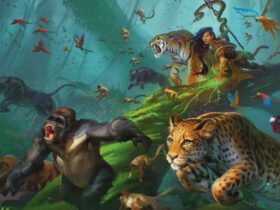
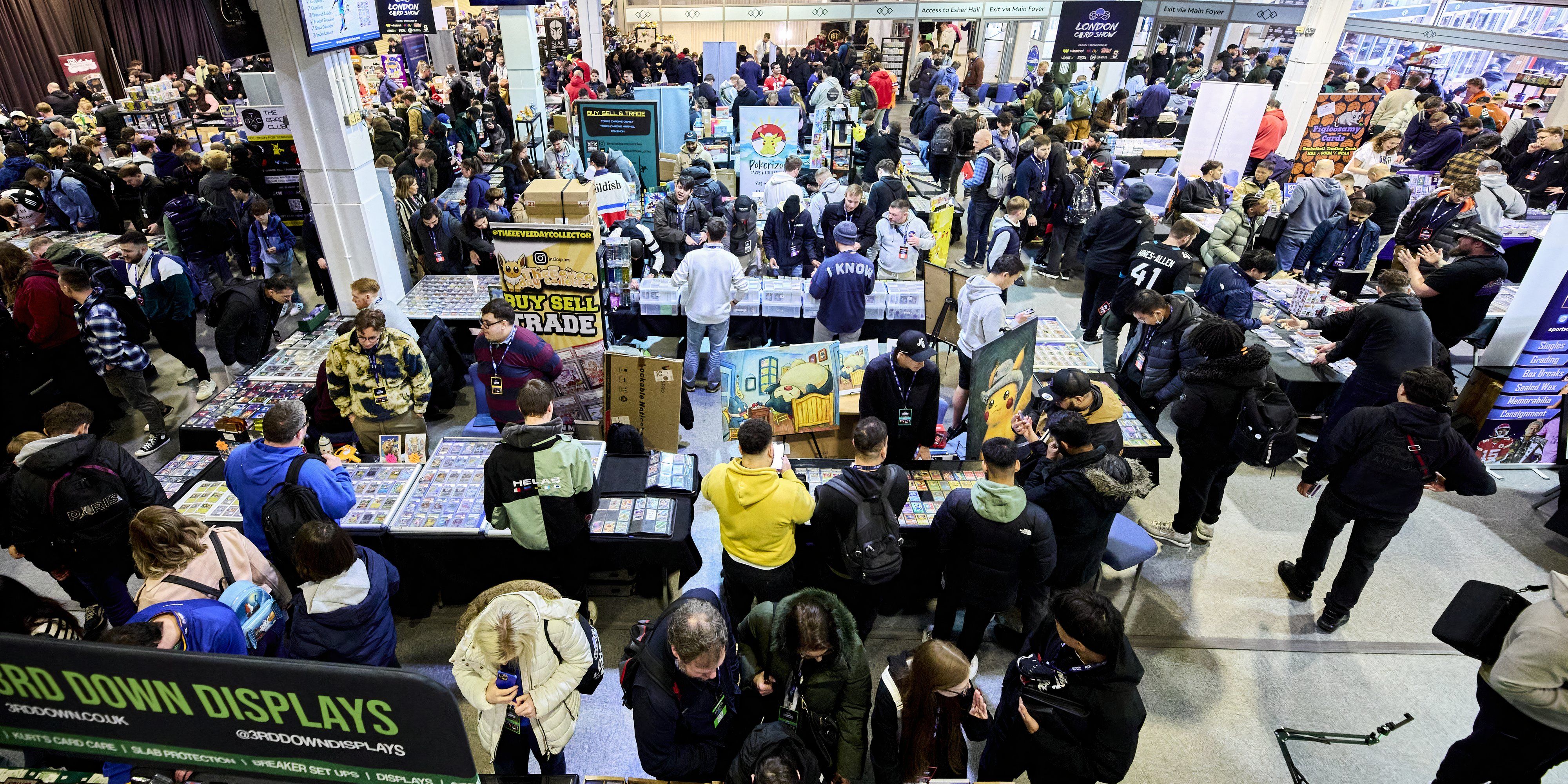
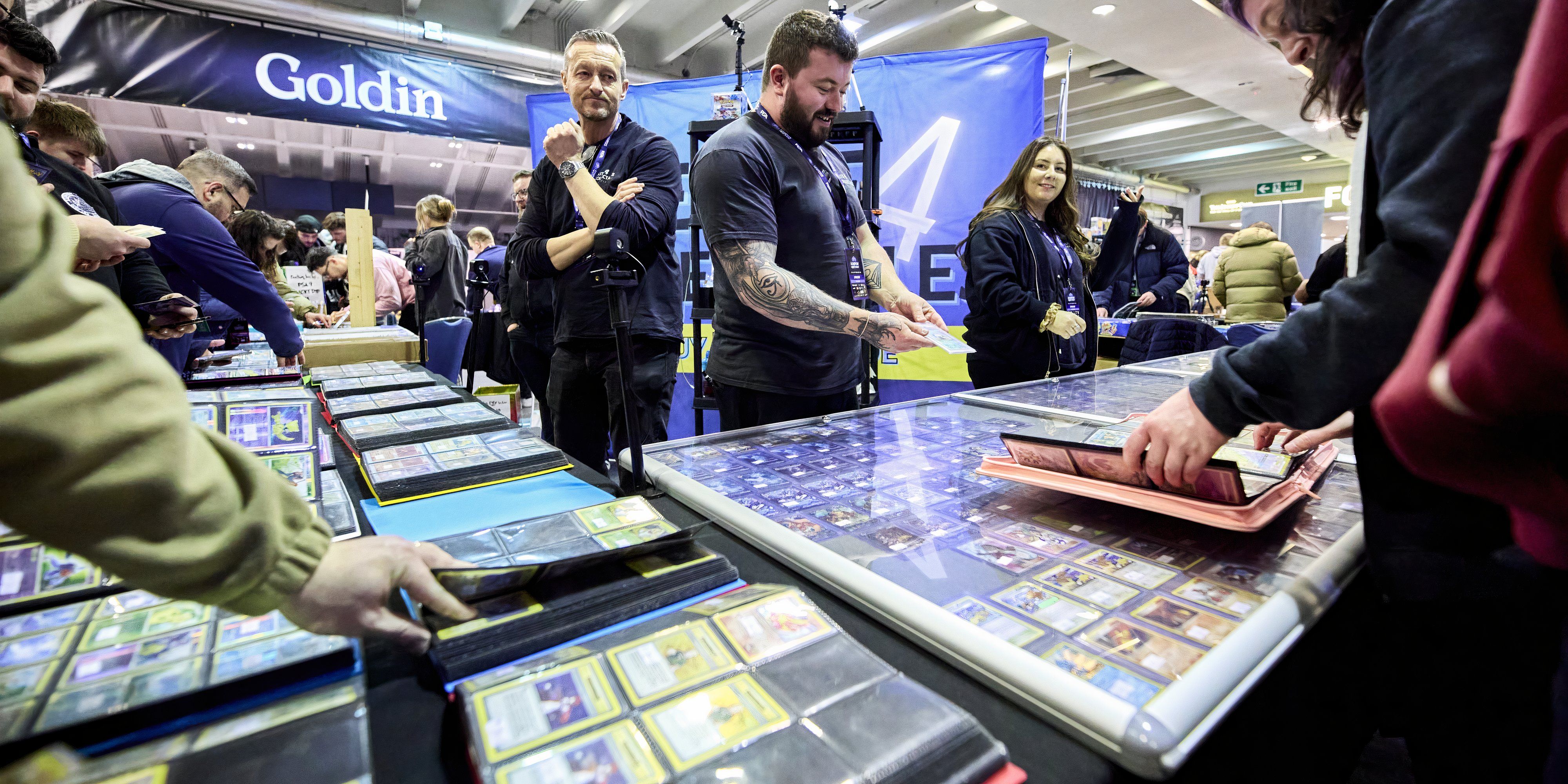
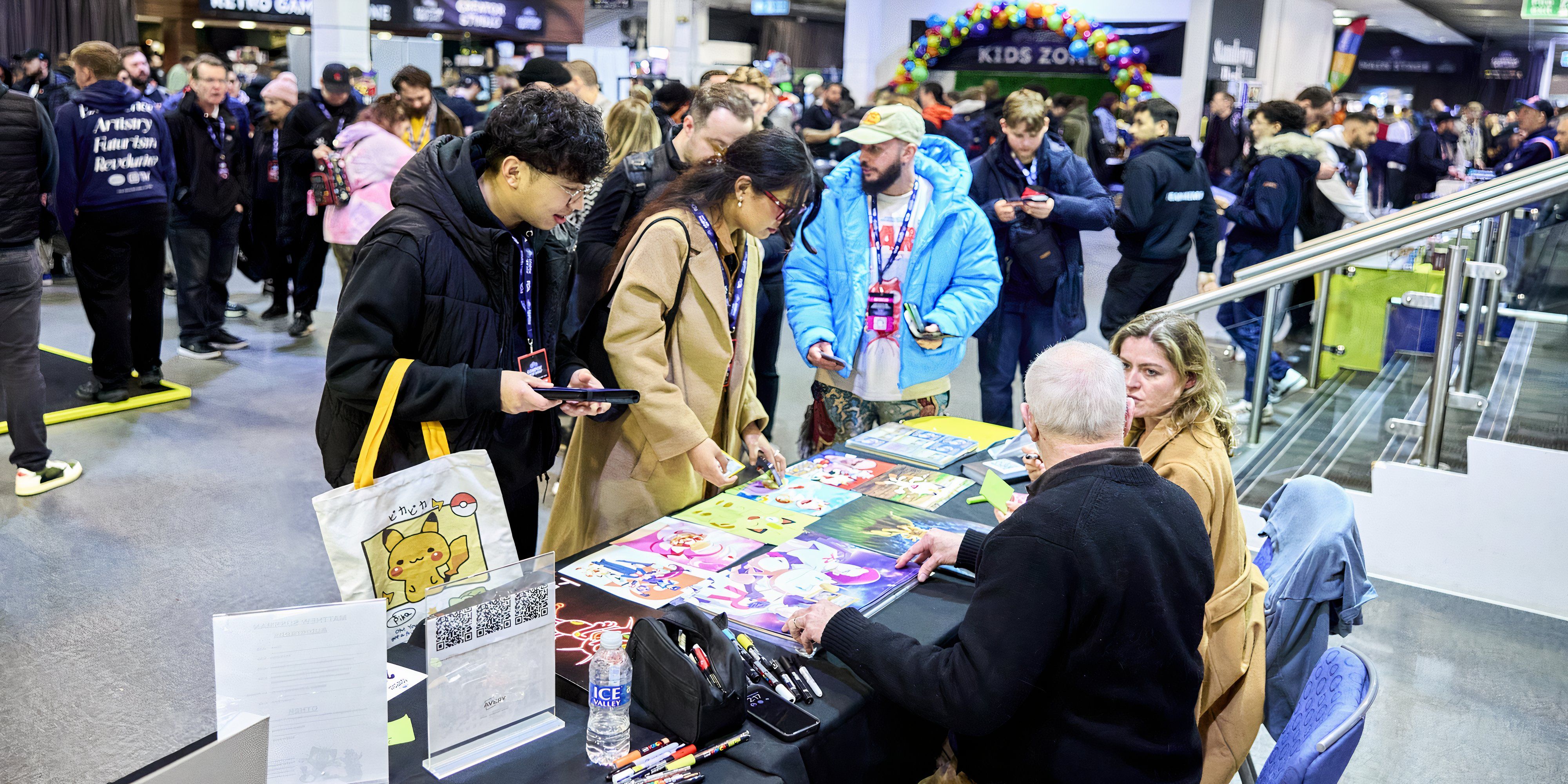
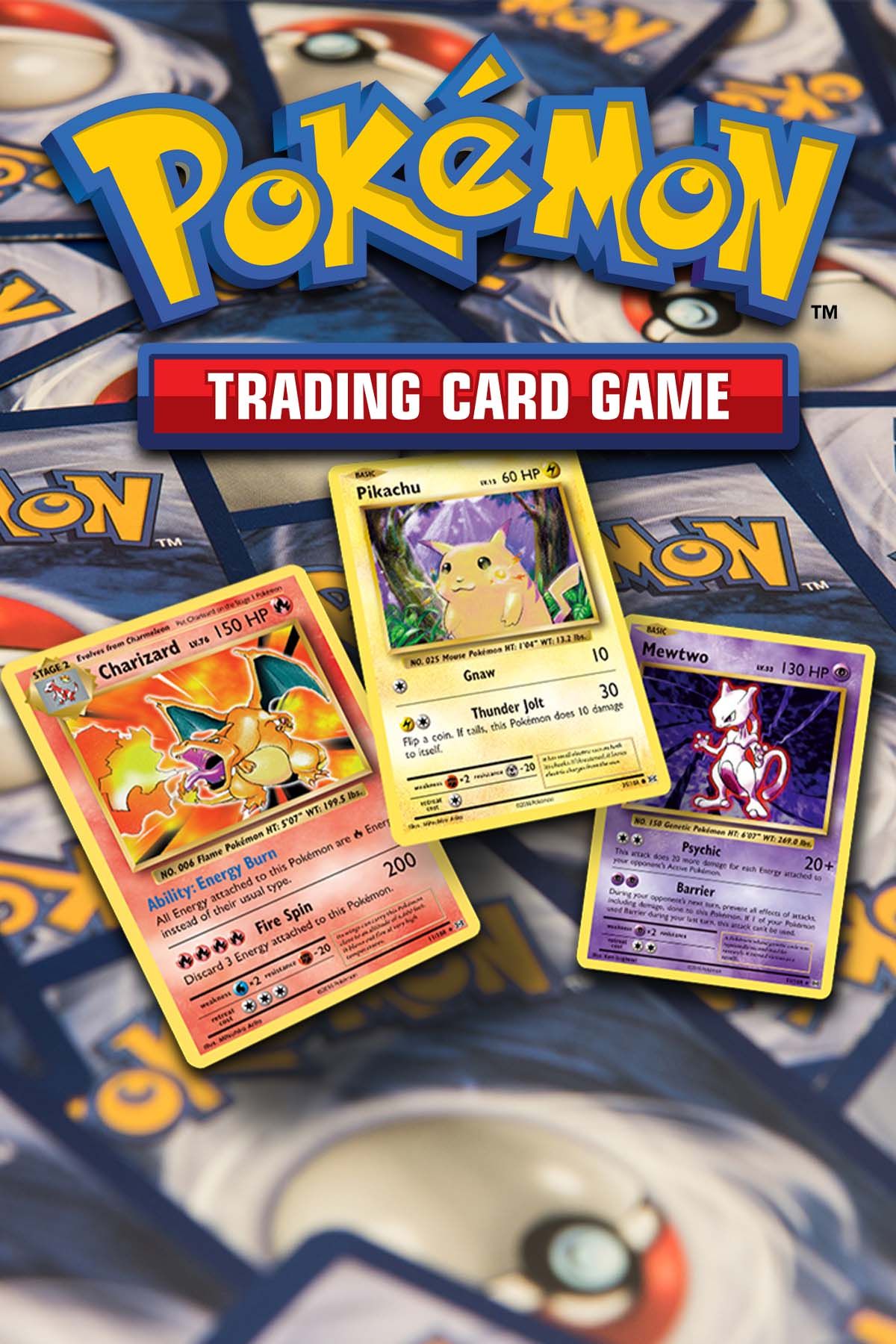


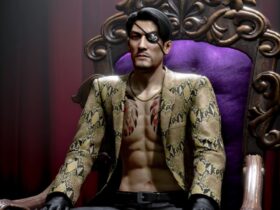
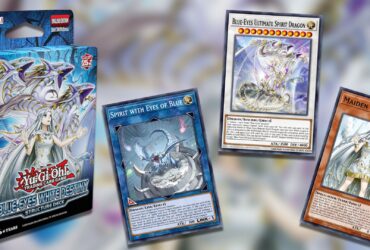

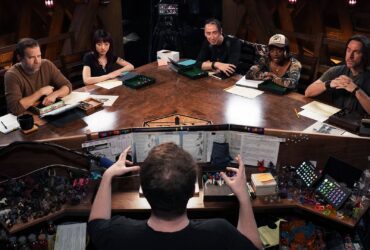

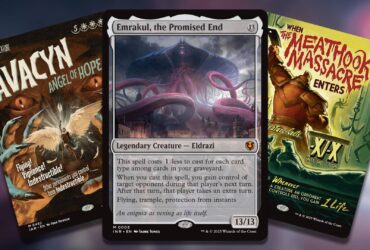

Leave a Reply